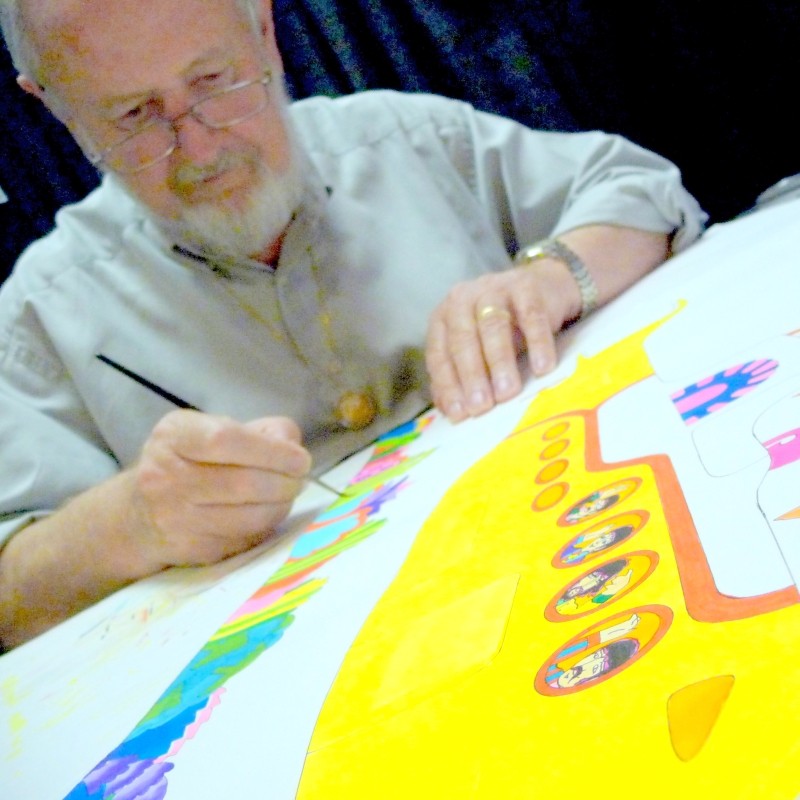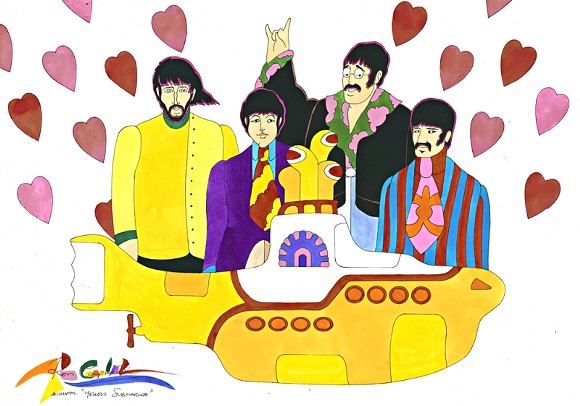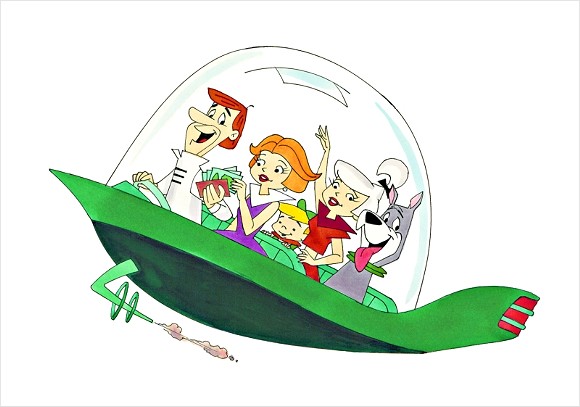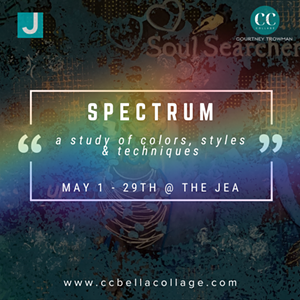GET READY to meet a man who has navigated submarines, solved the spookiest of mysteries, pedaled a prehistoric footmobile, and developed wicked schemes to procure jawbreaker candy all with the wave of a pen.
Legendary animator Ron Campbell, a primary force behind Yellow Submarine, The Beatles cartoon show, Scooby Doo, Rugrats, and more, is coming to Savannah with pen in hand and stories aplenty, ready to share his experiences and create iconic characters for fans firsthand.
Campbell has led a fascinating life bringing some of the world’s most-loved cartoons to life. From his early days working on Beetle Bailey to his final project, Ed, Ed & Eddy, the native Australian is a shining example of talent and success in the golden age of hand-drawn animation.
As a child, Campbell dreamt of becoming an animator, honing his craft at Swinburne Art Institute in Melbourne, Australia.
Around 1963, Campbell got a late-night call that would lead to an incredible opportunity.
“I had already been involved with the making of cartoons for American TV—Crazy Cat, Beetle Bailey—TV versions of pop art,” he recounts.
Producer Al Brodax called in the middle of the night, inviting Campbell to work on a television show he’d just sold.
“It’s The Beatles,” Brodax said.
While the band had achieved popularity in the U.K. with the hit “Love Me Do,” it was still relatively early in the legendary band’s career; Campbell had not heard their music.
“The scripts were written in New York and the primary contract making the television show was in London through BBC Cartoons,” Campbell shares. “They designed the characters and Albert sent me a script and a voice track and a music track. At night after we cut the negatives, we shipped them back to him so he could put together the final release, print it, and send it off to ABC in time for transmission.”
The show was a hit, running from September 25, 1965 to September 7, 1969. With each episode named after a Beatles song, stories were written based on the lyrics; Campbell’s animations created a visual aid to the hits. With John’s laidback attitude and sarcasm, Paul’s cheerfulness, George’s moodiness and dry humor, and Ringo’s slapsticky buffoonery, the series remains a fascinating cultural touchstone in the Beatles legacy.
After The Beatles, Campbell moved to the United States to work for Hanna-Barbera, producing and writing for shows like George of the Jungle, Tom Slick, and Sesame Street.
“The first thing I noticed when I arrived in the U.S. was how much more advanced everything was in the production place,” Campbell says. “On the other hand, many other people working in animation were compartmentalized. I had a certain advantage over many of the guys and girls working in animation and film. I knew how to schedule, how to budget—there wasn’t anything I hadn’t already had some considerable experience in. in America, even animators were compartmentalized in what kind of animation they do, so there were some small, unspoken advantages for me there.”
He went on to open his own studio, Ron Campbell Films, Inc, right across the street from Hanna-Barbera HQ. With up to 100 people working for him, Campbell even did contract work for Hanna-Barbera, including Scooby-Doo, Where Are You!, and literally ran negatives across the road to deliver them.
“It was easy to open my own studio because I knew how to do it—I was young and stupid and didn’t anticipate any of the problems!” he chuckles.
Campbell was in high demand and enjoyed juggling multiple projects.
“I did storyboards in the first season of Scooby Doo; at the same time, I was working on Yellow Submarine and George of the Jungle!” he remembers. “I was a busy boy; I had to be, because my beautiful wife was pregnant with our second child.”
Campbell’s involvement in the iconic Beatles film arrived in the form of another late-night call from Brodax.
“He said, ‘We’ve got problems with Yellow Submarine—can you help?’” Campbell remembers.
Working alongside friend and colleague Duane Crowther, Campbell worked on the Sea of Time sequence, the Chief Blue Meanie and Max, and more vital scenes.
Brodax would later say Campbell saved the movie; Campbell downplays this praise.
“I don’t take any credit for all the things that are really wonderful in that film,” he says. “All I did was animate some of it; I didn’t design it, but it hasn’t been a bad calling card. ‘Hello, I’m Ron Campbell, I animated some of Yellow Submarine!’”
Though the innovative film blends live-action sequences, collage, and Peter Max-style trippy, technicolor textures and patterns, Campbell attests that he had no problem switching between styles.
“Animators don’t have any trouble jumping from one style to another,” he clarifies. “It was in the design of the psychedelic look that was the popular look of the moment. You look at the film now, and you switch right back to ‘60s animation. It was a certain kind of slap animation, but not especially difficult to transition.”
Out of his very storied career, Campbell is still most proud of the Peabody and Emmy-winning children’s series Big Blue Marble, which ran from 1974 to 1983.
“We went from country to country and had children tell how they lived,” he explains. “A boy living in a tent in Afghanistan would tell us how he got up in the morning, how he lived, then we would make a cartoon of his story. Then we would go to Yemen and do the same thing. We set up clubs for children in America to write someone in another country.”
Big Blue Marble had an incredible reach, as it wasn’t syndicated. The series showed in over 100 countries; Campbell and his team’s only stipulation for the show being aired was that no commercials were to be put in the middle.
In the ‘80s, Campbell storyboarded The Smurfs and produced, directed, animated, and storyboarded for classics like The Flinstones, The Jetsons, and Captain Caveman. In the 1990s, he began contracting animation for Disney TV Animation, working on many shows including Darkwing Duck and Winnie the Pooh. In those ten years, he also storyboarded for Rugrats, Rocket Power, and even won Emmys for his storyboarding on Aaahh! Real Monsters and Rugrats.
Campbell retired in 2008, exactly 50 years and one month from the day he got his first animation job in Sydney.
“I worked on the last show that was not computer generated, Ed, Ed and Eddy, worked on the last scene, and put my pen down, and that was it,” he says.
While Campbell is impressed with what computer animation can do, he personally prefers traditional animation.
“Some techniques and technology belong to one generation, and different ones belong to another,” he says. “I just didn’t have any interest in it; it had nothing to do with my childhood passions.”
“I find computer generated animations can certainly do many wonderful things that hand-drawn could never do,” he credits. “On the other hand, when I look at computer generated animation, it has a coldness to it that the hand-drawn doesn’t.”
At the end of Ed, Ed and Eddy, Campbell delved back into a kind of handmade art he hadn’t really worked in since college—painting.
“I decided to follow the example of Chuck Jones, who spent his retirement doing portraits of Bugs Bunny because he directed those shows for Warner Brothers,” he says. “So I decided to paint based on TV cartoon shows I worked with. The next thing I know, I’m traveling around the country!”
Campbell loves the timeless quality of the characters he’s animated, finds their appeal is truly cross-generational, and looks forward to sharing his gift with Savannah.
“Donald Duck and Scooby Doo are the greatest ambassadors for American culture you can imagine,” he says. “People the world over know these characters and love them. I recently was in Mexico, and there were thousands of people lining up to my show—not because of me, but because of their love of these American icons. American music, American authors, filmmakers, and little funny cartoon characters: they’re all the same thing.”




























